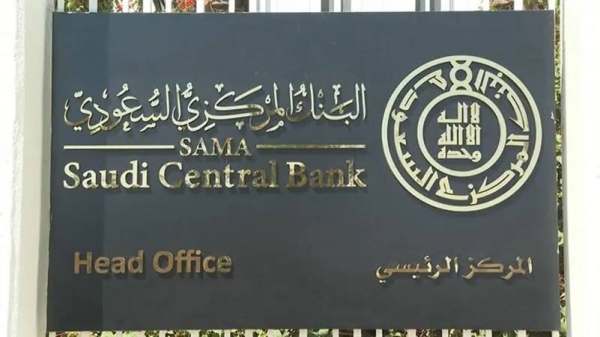The Saudi Central Bank (SAMA) recently made the decision to reduce the repurchase agreement (repo) rate by 50 basis points to 5.50% and the reverse repurchase agreement (reverse repo) rate by 50 basis points to 5.00%. This move is in line with the bank’s goal of maintaining monetary stability. Following suit, other Gulf central banks including those in the UAE, Bahrain, Qatar, and Kuwait also lowered their interest rates after the US Federal Reserve made a similar decision to cut interest rates for the first time since 2020. The Fed reduced its interest rate by 50 basis points to a range between 4.75 and 5%, with indications of a potential additional cut by the end of 2024.
The decision to lower interest rates was not unanimous at the last Fed meeting before the US elections on November 5. Governor Michelle Bowman supported only a quarter-point rate cut. According to the Fed statement, there have been recent indications that economic activity is continuing to expand at a steady pace. While job gains have slowed and the unemployment rate has risen slightly, inflation has progressed towards the Committee’s 2 percent objective. The FOMC aims to achieve maximum employment and 2 percent inflation over the long term and has confidence in the sustainability of inflation towards its target. The economic outlook remains uncertain, and the Committee is vigilant of risks to both employment and inflation goals.
The decision by the Saudi Central Bank to lower the repo and reverse repo rates is part of its efforts to ensure monetary stability within the country. By aligning with the US Federal Reserve’s moves to lower interest rates, Saudi Arabia aims to support economic growth and maintain financial stability amidst global economic uncertainties. This decision not only impacts Saudi Arabia but also demonstrates the interconnectedness of global economies, as other Gulf central banks have also followed suit in lowering their interest rates.
The reduction in interest rates by both the US Federal Reserve and the Saudi Central Bank reflects a cautious approach to economic policies in light of uncertainties in global financial markets. By gradually reducing interest rates, central banks seek to stimulate economic activity, encourage borrowing and spending, and ultimately spur economic growth. Additionally, lowering interest rates can help to boost investor confidence and mitigate risks in the financial system, particularly during times of economic uncertainty.
The Fed’s decision to cut interest rates for the first time in several years indicates concerns about slowing economic growth and the impact of ongoing trade tensions and geopolitical risks. By reducing interest rates, the Fed aims to provide support to the economy and prevent a potential downturn. Similarly, the Saudi Central Bank’s move to lower interest rates is a proactive measure to address economic challenges and support sustainable growth in the country. These coordinated efforts by central banks demonstrate a commitment to maintaining stability and fostering economic resilience in the face of global economic challenges.
As central banks continue to monitor economic indicators and assess risks, it is essential for policymakers to remain flexible and responsive to evolving economic conditions. By adjusting interest rates and implementing appropriate monetary policies, central banks can help to mitigate risks, support economic growth, and ensure financial stability. The decisions made by the Saudi Central Bank and other Gulf central banks to lower interest rates reflect a proactive approach to addressing economic challenges and fostering sustainable development in the region. Through coordinated efforts and cooperation, central banks can play a crucial role in supporting economic resilience and promoting stability in the face of global economic uncertainties.









